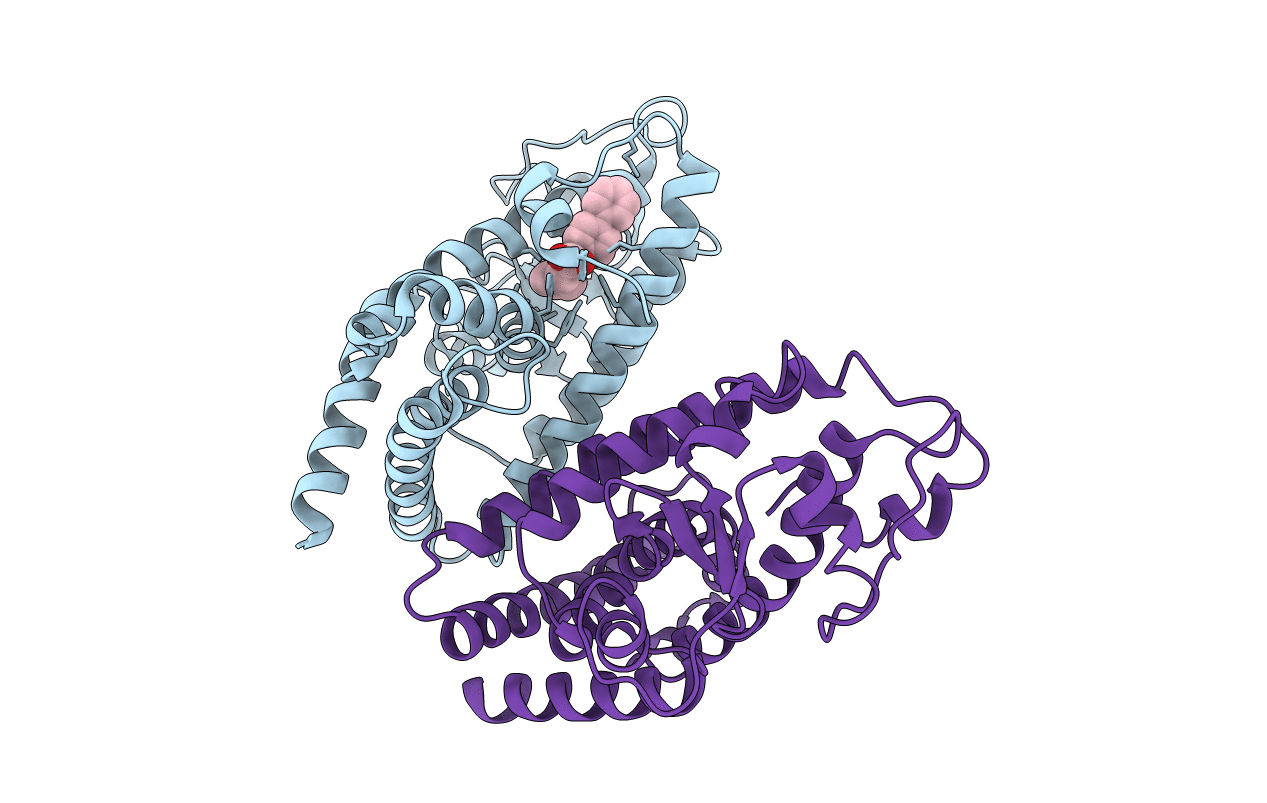
Deposition Date
2007-10-22
Release Date
2008-10-28
Last Version Date
2023-11-01
Entry Detail
PDB ID:
3B3K
Keywords:
Title:
Crystal structure of the complex between PPARgamma and the full agonist LT175
Biological Source:
Source Organism:
Homo sapiens (Taxon ID: 9606)
Host Organism:
Method Details:
Experimental Method:
Resolution:
2.60 Å
R-Value Free:
0.31
R-Value Work:
0.23
R-Value Observed:
0.24
Space Group:
C 1 2 1


